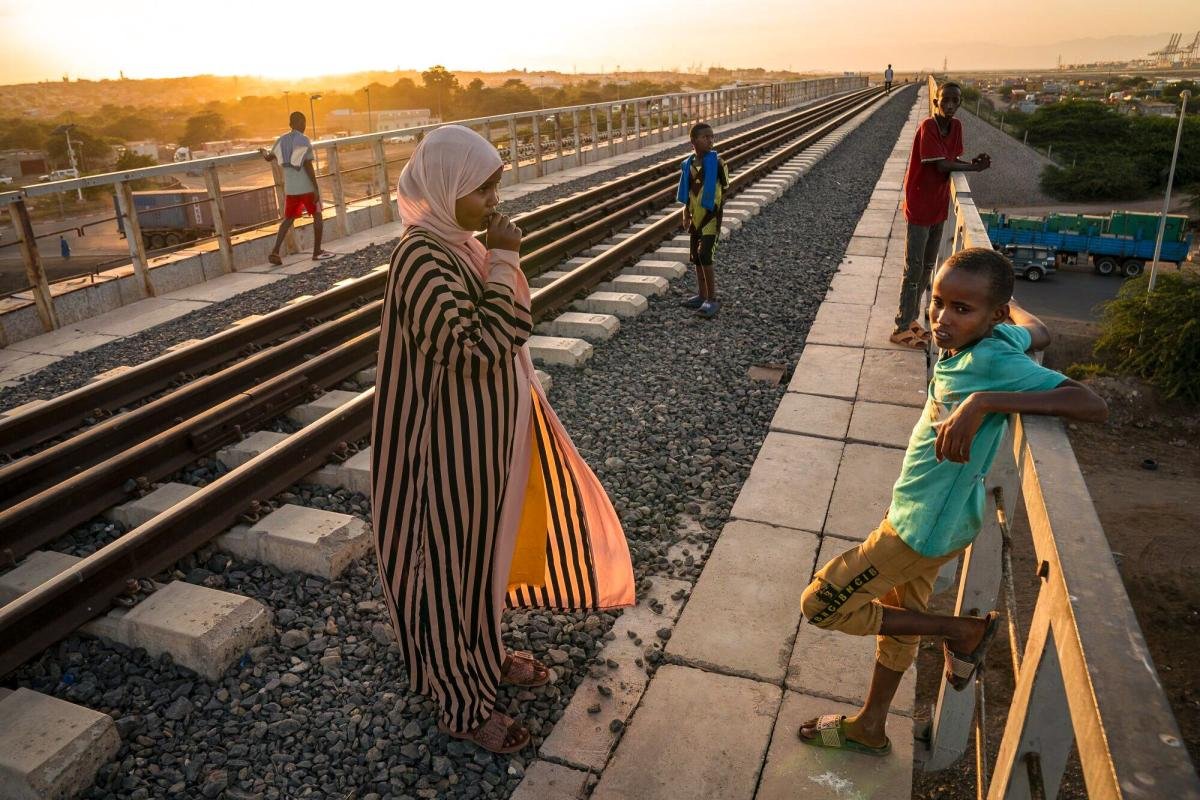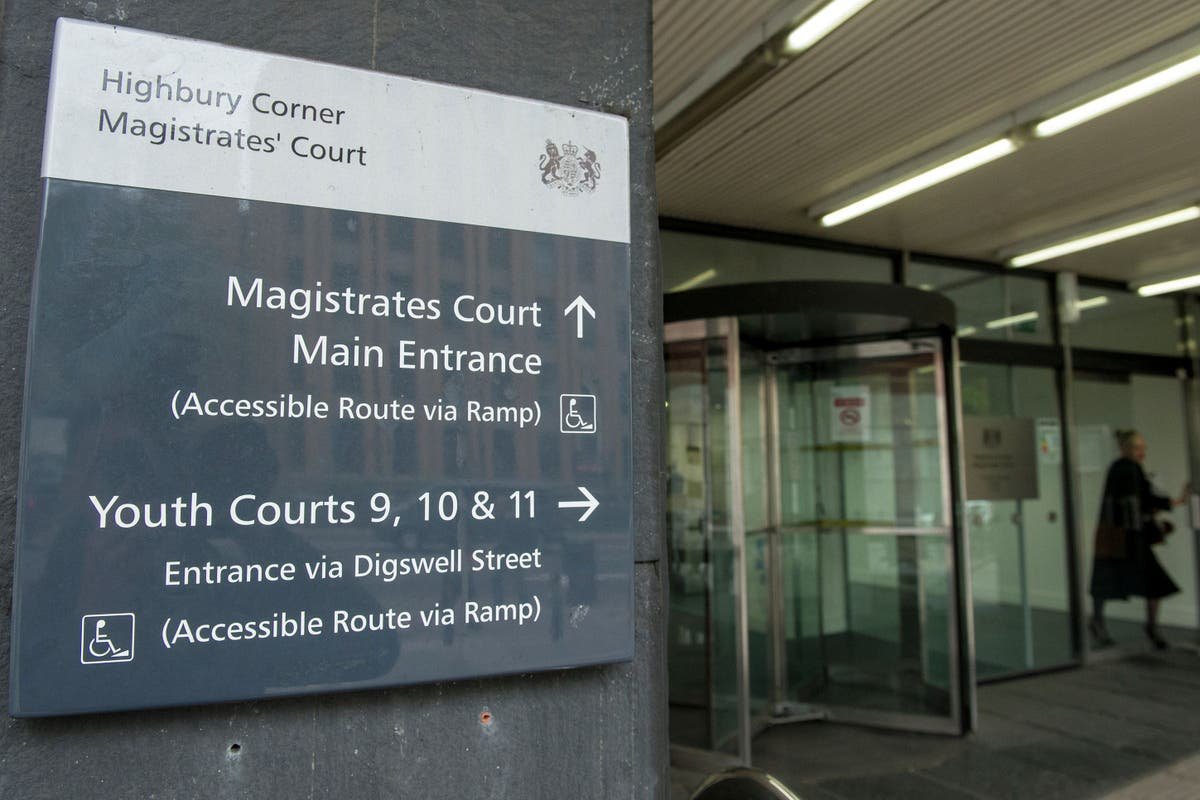China is handing over control of two key African belt and road railways to the governments of Ethiopia, Djibouti and Kenya, after years of training and observation in the operation of the infrastructure projects.
Recently, Chinese operators for the 752km (467 mile) railway linking Ethiopia and Djibouti handed it over to the Ethiopia-Djibouti Railway Share Company (EDR) after six years of operation.
Likewise, in Kenya, China Road and Bridge Corporation (CRBC) has so far transferred more than 90 per cent of the operations of the Mombasa-Nairobi Standard Gauge Railway to Kenya Railways Corporation, the country’s national railway, and expects to complete the handover next year.
Do you have questions about the biggest topics and trends from around the world? Get the answers with SCMP Knowledge, our new platform of curated content with explainers, FAQs, analyses and infographics brought to you by our award-winning team.

In anticipation for such handovers, Chinese operators of major Belt and Road Initiative projects across Africa are training thousands of local workers, passing on skills and knowledge in the running and maintenance of the infrastructure. This, observers have said, is part of a localisation strategy, which is, in turn, part of China’s wider efforts to promote its development model.
But it only goes so far. Observers added that knowledge transfer remains “partial” so as not to give away too much and jeopardise future projects.
The Ethiopia-Djibouti Standard Gauge Railway, also known as the Addis Ababa-Djibouti Railway, was built by a joint consortium of China Railway Engineering Corporation (CREC) and China Civil Engineering and Construction Corporation (CCECC) at a cost of US$4.5 billion. Some US$2.5 billion of this was financed by China Eximbank.
The railroad – the first electrified transnational railway in Eastern Africa – begins in Addis Ababa, the capital of landlocked Ethiopia, and runs to the Port of Doraleh in neighbouring Djibouti, which is strategically located at the point where the Red Sea meets the Indian Ocean. China has invested heavily in Djibouti’s maritime industry, and set up its first overseas military base there in 2017.
Abdi Zenabi, executive director of the Ethio-Djibouti Railway, praised the project at the May 10 handover.
“The railway is more than just tracks and locomotives. It is a symbol of cooperation, friendship and shared aspirations,” he said.
He noted that the railway had opened new markets, attracted investments and created job opportunities.
“The efficient transportation of goods – whether agricultural products, manufactured goods or minerals – has revitalised our economies,” Zenabi said.
According to the Ethiopian office of the China Railway Construction Corporation (CRCC) – the parent company of the CCECC – the Chinese operators trained a total of 2,840 people over the past six years, “which has led to the localisation of all railway professions in the field of rolling stock operation, maintenance and safety”.
Since commercial operations started in 2018, the railway contractor has operated 2,500 passenger trains with a passenger volume of 680,000 and operated more than 7,700 freight trains.
Nevertheless, the Chinese operator will continue to provide technical support for two more years.
In Kenya, Africa Star Railway Operation Company (Afristar), a subsidiary of CRBC, which has operated the Mombasa-Nairobi Standard Gauge Railway since 2017, has handed over most of the operations to Kenya.
Kenya Railways has been gradually taking over SGR operations bit by bit since 2021, starting with ticketing, then security, fuelling operations and cargo handling.
The 480km railway line was built by CRBC and its parent firm China Communications Construction Company at a cost of more than US$5 billion, with funds coming from China Eximbank. It runs from the coastal city of Mombasa to the capital Nairobi with an extension to Naivasha in Central Rift Valley.
“We are going to complete taking over operations from Afristar in 2025. All operations will be fully run and operated by Kenya Railways,” Philip Mainga, managing director of Kenya Railways, said during the May 24 launch of the organisation’s new five-year strategic plan in Mombasa.
Yunnan Chen, a research fellow at ODI (formerly Overseas Development Institute), said the belt and road projects are not just the handover of hard technology. In taking on new Chinese-built infrastructure and Chinese technologies and equipment, countries also need to take on the “soft” infrastructure, around management, maintenance, standard operating procedures and protocols.
She said in Ethiopia and Kenya, this has been largely the responsibility of the contractor firms themselves – who are largely construction contractors rather than railway operators – in conjunction with Chinese universities, vocational colleges and other training via development cooperation.
However, Chen said, there’s a steep learning curve involved. Domestic abilities in railway engineering and management is relatively low, and this is the first major railway that Ethiopia has had since the French-built Chemin de Fer which became obsolete some decades ago.

optional cut endsThe Addis Ababa-Djibouti Railway was built by China Railway Engineering Corporation and China Civil Engineering Construction Corporation to enable landlocked Ethiopia access to a seaport for trading. Photo: Bloomberg alt=optional cut endsThe Addis Ababa-Djibouti Railway was built by China Railway Engineering Corporation and China Civil Engineering Construction Corporation to enable landlocked Ethiopia access to a seaport for trading. Photo: Bloomberg>
“Added to that the multiple language and cultural barriers involved in communicating and teaching on a day-to-day basis between Chinese and Ethiopian staff means this is no small feat,” Chen said.
However, she said that the handover remains limited.
“From my own experience, while training in operations and maintenance has been a dominant component, higher level management, financial management and ticketing was not something I saw in the training programme,” Chen said.
“Neither was railway construction part of the training programme. So while there is technology transfer, it remains partial, and also reflects the interests of the contractor companies.”
Tim Zajontz, a research fellow in the Centre for International and Comparative Politics at South Africa’s Stellenbosch University, said in Ethiopia, there have been discussions about the sustainability of large-scale infrastructure projects, after challenges in the maintenance of the Addis Ababa Light Rail had come to the fore.
He said, as a flagship African belt and road project, China has a keen interest in a successful future performance of the Addis Ababa-Djibouti Railway. But successful operations and maintenance of infrastructure ultimately does not only depend on well-trained staff, as important as they are, Zajontz said.
“The efficiency of EDR’s management structures and the availability of funds for maintenance will co-determine the future success of the binational railway,” Zajontz, who is also a lecturer in global political economy at the University of Freiburg, said.
He said knowledge transfer, technical cooperation and human skills development have been central elements of China’s South-South cooperation going all the way back to Zhou Enlai’s Eight Principles for Economic Aid and Technical Assistance of 1964.
In recent years, Zajontz said the Chinese government and Chinese state-owned enterprises have re-emphasised the importance of local capacity building and the transfer of knowledge as part of China’s wider efforts to promote its development model across the Global South.
“This has not least been a reaction to African demands for more skilled jobs, technology transfer and a better integration of belt and road projects with local economies,” Zajontz, who is co-editor of the book Africa’s Railway Renaissance: The Role and Impact of China, said.
Overall, the results have been mixed.
“Chinese projects have been flanked by localisation strategies that aim at increasing human skills to maintain and operate Chinese-built infrastructure. Yet, just like other foreign commercial actors, Chinese firms have little interest in technology transfers to an extent that would enable African manufacturers to join the very markets these firms are keen to exploit,” Zajontz said.
Adhere Cavince, a Nairobi-based scholar of international relations, said the original design in the implementation of the cooperative projects between China and African countries is that, only when recipient countries do not have local talent to undertake projects does China bring along workers. This has been the case for technical aspects of projects’ implementation along the belt and road value chain, Cavince said.
“But even when technical workers come from China, the implementing companies have the responsibility to train local workers and eventually hand over the operations of the projects upon completion,” Cavince said.
“The two belt and road projects [Ethiopia and Kenya] demonstrate total technology transfer by Chinese companies operating in Africa. This is important for sustainable growth and development of the continent because human capacity has been a major deficit in Africa’s bid to industrialise.”
This article originally appeared in the South China Morning Post (SCMP), the most authoritative voice reporting on China and Asia for more than a century. For more SCMP stories, please explore the SCMP app or visit the SCMP’s Facebook and Twitter pages. Copyright © 2024 South China Morning Post Publishers Ltd. All rights reserved.
Copyright (c) 2024. South China Morning Post Publishers Ltd. All rights reserved.









